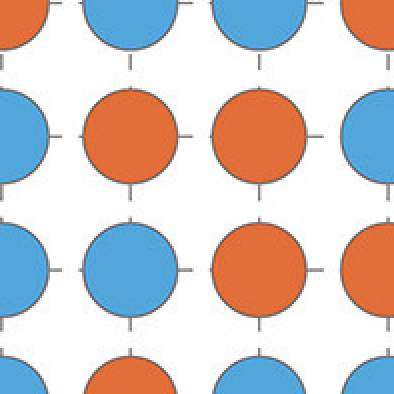Abstract
Simulation techniques are crucial to establish a firm link between phenomena occurring at the atomic scale and macroscopic observations of functional materials. Importantly, extensive sampling of space and time scales is paramount to ensure good convergence of physically relevant quantities to describe ion transport in energy materials. Here, a number of simulation methods to address ion transport in energy materials are discussed, with the pros and cons of each methodology put forward. Emphasis is given to the stochastic nature of results produced by kinetic Monte Carlo, which can adequately account for compositional disorder across multiple sublattices in solids.
